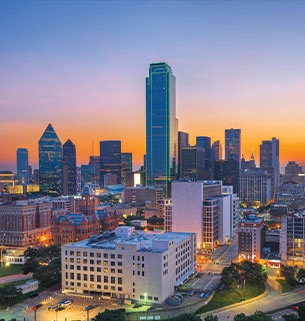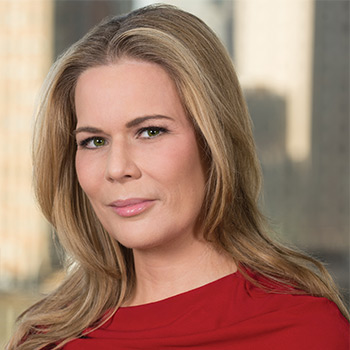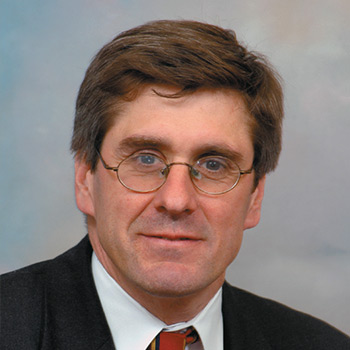Andy Williams told us in his famous 1963 song that this is the most wonderful time of the year. But until yesterday, Wall Street hasn’t seen much of a traditional “Santa Claus” rally. All it has gotten is a big, fat lump of coal, exclaims Mike Larson, editor of Safe Money Report.
Consider the following ...
The SPDR S&P 500 ETF Trust (SPY) closed at $467.79 the day before Thanksgiving. It closed Monday at $454.98. That’s a drop of about 2.7%.
The Invesco QQQ Trust (QQQ) closed at $398.76 just before turkey day. It finished last week at $380.69. That’s a loss of around 4.5%.
The more-traditional, old-school SPDR Dow Jones Industrial Average ETF Trust (DIA) fared a bit better. But it still shed 2.2%.
Are these figures catastrophic? The kinds of numbers you see when the market crashes? Of course not. The rally this Tuesday also alleviated some recent downside pressure.
But the lackluster performance is somewhat abnormal, historically speaking. This is usually a festive time for the markets.
Just get a load of this data from Yardeni Research: Between 1928 and 2020, the S&P 500 finished December in positive territory 74% of the time (68 out of 92 years). That’s better than any other month. The average monthly gain over that span was 1.3%.
The founder and creater of the Stock Trader’s Almanac, Yale Hirsch, famously coined a saying about lackluster trading this time of year. His expression: “If Santa Claus should fail to call, bears may come to Broad and Wall.”
So, does this mean we should prep for an ugly market? I wouldn’t say that. I’m actually pretty sanguine, and I’ll tell you why.
First, while the Omicron variant is driving Covid-19 cases higher, it doesn’t appear to be resulting in outcomes as dire as earlier versions did. That’s especially true for vaccinated individuals.
Second, there’s no way governments will go anywhere near as far as they did in the early days of the pandemic when it comes to lockdowns, either. Everything we’re seeing now is more targeted and temporary.
Then there’s the Federal Reserve. Policymakers decided at their December meeting to slash bond buying to a monthly pace of $60 billion in January from $120 billion a few months earlier. They also said they plan to wrap up purchases altogether in early 2022—and potentially start raising interest rates thereafter.
But in my quarter century closely following the Fed and interest rates, I’ve seen a pattern repeat itself time and again. Hiking cycles typically don’t cause real trouble for the markets until they’re well underway.
In other words, it’s not the first hike or two that derails the markets. It’s after you get a handful that they really start to bite.
Bottom line? Don’t let the recent, Grinch-like action deter you from continuing to invest in Safe Money stocks using my time-tested Safe Money strategies.
Not only is there still a bit more time for Santa to shift his sleigh into high gear. But the catalysts holding markets back don’t seem as negative once you analyze them in more detail.
With that, let me take a moment to wish you and yours a very happy holiday! I truly value each and every one of you—and look forward to helping guide you to maximum profit and minimum risk in 2022 and beyond.
Safe Money Report focuses on these kinds of stocks, which include names in the consumer staples, food and beverage, retail, and healthcare sectors. Visit Safe Money Report here.



















